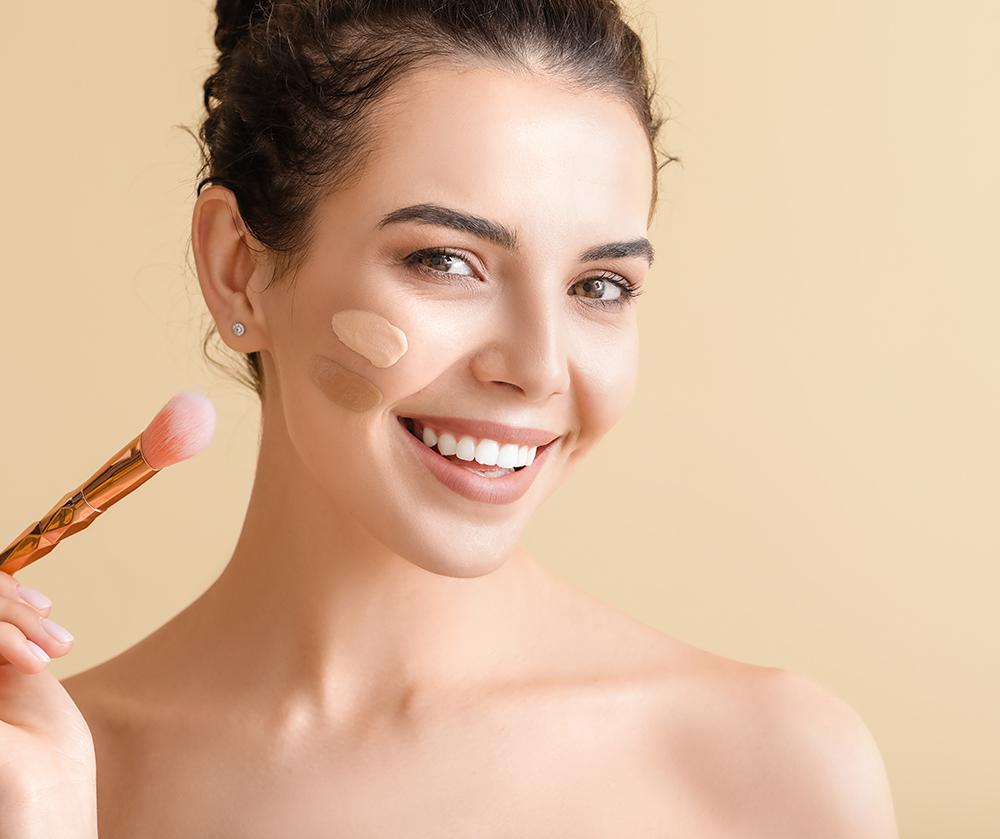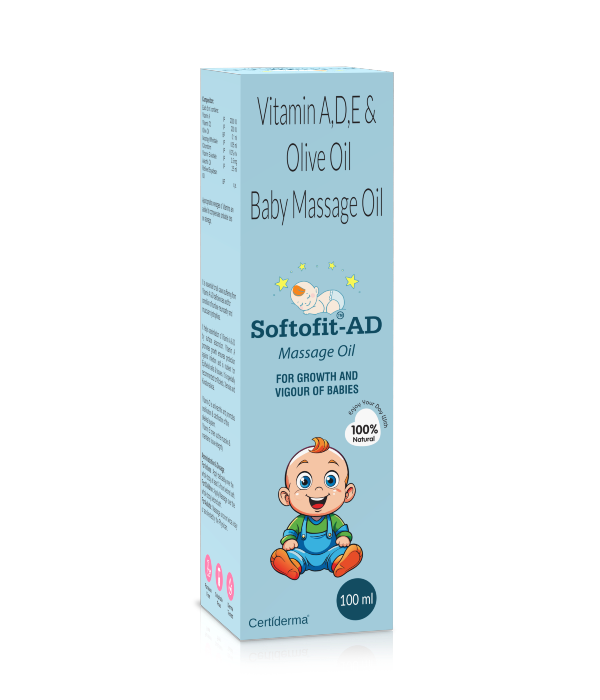
Understanding your unique skin type is paramount in the journey to healthy, radiant skin. Like a tailored outfit enhances your style, customized skincare products can elevate your skin’s health and appearance.
Whether you’re battling dryness, oiliness, or sensitivity, recognizing your skin type helps you choose the right products and develop an effective routine.
At Certiderma, we believe that every skin deserves the best care. This guide will help you identify your skin type and discover the ideal products to nurture your skin to its full potential.
Types of Skin and Identification
Normal Skin

Identification
- Appearance: Balanced, with no visible dry patches or excessive shine.
- Texture: Smooth and supple, with small, barely noticeable pores.
- Sensitivity: Rarely reacts to products
Characteristics to Look For
- Even skin tone
- Minimal imperfections (e.g., breakouts or flakiness)
- Comfortable feel without tightness
Oily Skin

Identification
- Appearance: Shiny, particularly in the T-zone (forehead, nose, chin).
- Texture: Thick and often prone to enlarged pores.
- Sensitivity: May be more prone to breakouts and acne.
Characteristics to Look For
- Frequent blackheads and whiteheads
- Greasy feel, especially by midday
- Noticeable shine on the skin surface
Dry Skin

Identification
- Appearance: Dull, rough, and may have visible dry patches.
- Texture: Tight, flaky, or scaly.
- Sensitivity: Prone to redness and irritation.
Characteristics to Look For
- Itchy or tight feeling after cleansing
- Visible flakes or rough patches
- Redness or irritation, especially in colder weather
Sensitive Skin

Identification
- Appearance: A mix of dry and oily areas, usually oily in the T-zone.
- Texture: Varies across the face; some areas may feel dry while others are oily.
- Sensitivity: Generally, not sensitive but can be reactive in certain areas.
Characteristics to Look For
- Oily sheen on the forehead, nose, and chin
- Dryness or tightness on the cheeks
- Pores appear larger in the oily areas
Combination Skin

Identification
- Appearance: Prone to redness, irritation, and rashes.
- Texture: May feel rough or uneven due to reactions.
- Sensitivity: Highly reactive to products, environmental factors, and temperature changes.
Characteristics to Look For
- Stinging or burning sensation when using certain products
- Frequent redness or irritation
- Reacts negatively to sun exposure or harsh weather conditions
How to Identify Your Skin Type:
To determine your skin type, you can perform a simple test:

- Cleanse Your Face: Use a gentle cleanser to remove makeup and impurities, then pat your skin dry.
- Wait and Observe: Leave your skin bare (without any products) for about an hour. This allows your skin to return to its natural state.
- Check for Shine: After an hour, check how your skin feels:
- If your skin feels tight and looks dull, you likely have dry skin.
- If you notice shine on your forehead, nose, and chin, you likely have oily skin.
- If your cheeks feel dry but your T-zone is shiny, you likely have combination skin.
- If your skin feels comfortable without dryness or excess oil, you likely have normal skin.
- If your skin reacts easily, feels irritated, or is prone to redness, you likely have sensitive skin.
This simple test can help you identify your skin type, allowing you to choose the right products
for optimal care!























